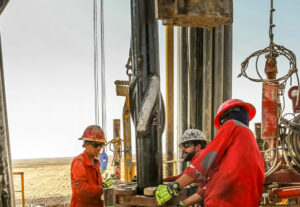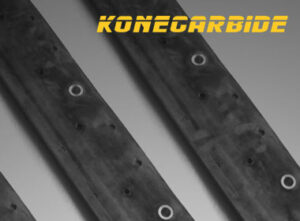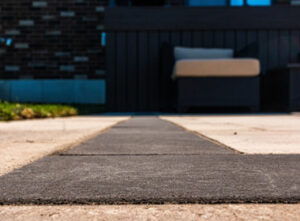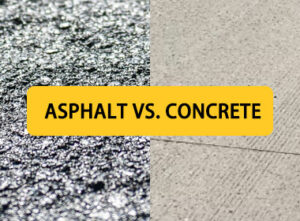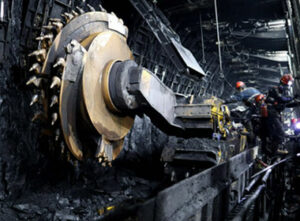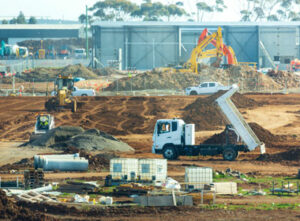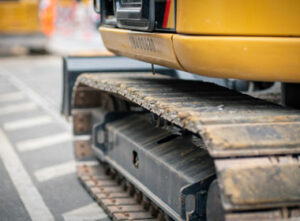To increase the service life of equipment and parts, the hardfacing welding process is applied in almost all industries. It is becoming increasingly crucial to protect equipment from wear and abrasion. But, what is hardfacing? What’s the secret behind it? Hardfacing is a cost-effective method to save time and money for fabrication businesses. By using hardfacing, metal spare parts get a longer lifespan, thus requiring fewer changes. Today, let’s dive into this topic and learn more about hardfacing.

What Is Hardfacing?
Critical parts of equipment used in different industries suffer severe wear during operation, such as corrosion, impact, heat, and abrasion, causing more downtime and costs. That’s the reason why we need hardfacing techniques.
Hardfacing, also called hardsurfacing, is a process of welding a much tougher and more wear-resistant metal onto the surface of a base metal with less wear resistance. Hardfacing can be applied to a new component during the manufacturing process, or it may be used to maintain a worn part periodically.
There are many types of hardfacing, such as powder metal alloys, hardfacing grits, composite rods, gauge protection inserts, etc.
KoneCarbide is an ISO-certified manufacturer and supplier specializing in tungsten carbide products, including tungsten carbide hardfacing. Our hardfacing products are widely used in different industries, such as oil and gas, mining and construction, recycling, and more. If you need hardfacing products or solutions, please feel free to contact us.
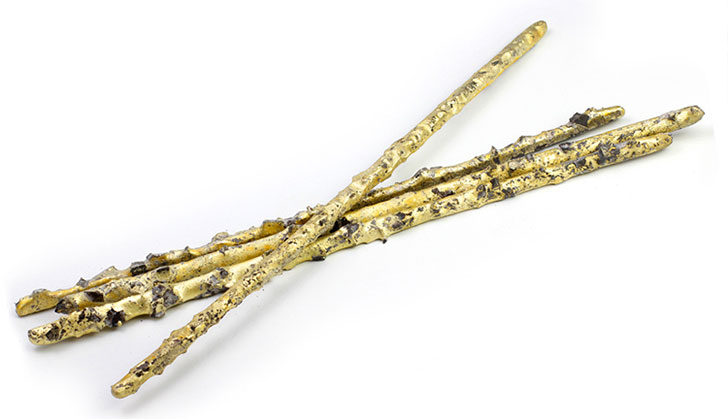
Applications Of Hardfacing
When it comes to improving the properties of a wear part, hardfacing plays an important role. As mentioned above, components are subjected to impact, corrosion, heat, and abrasion, especially in the oil and gas industry, so they need hardfacing techniques to extend their lifespan. Apart from oil and gas, hardfacing can also be applied in mining, construction, steel, marine, valve engineering, and other industries.
Let’s take the oil and gas industry as an example. In this industry, different types of drill bits are used for drilling boreholes, such as roller cone bits and PDC bits. These drilling bits are prone to wear during operation, thus decreasing efficiency. Hardfacing alloys then can be welded onto the surface of the bits to restore their properties and extend the service life.
Hardfacing Base materials:
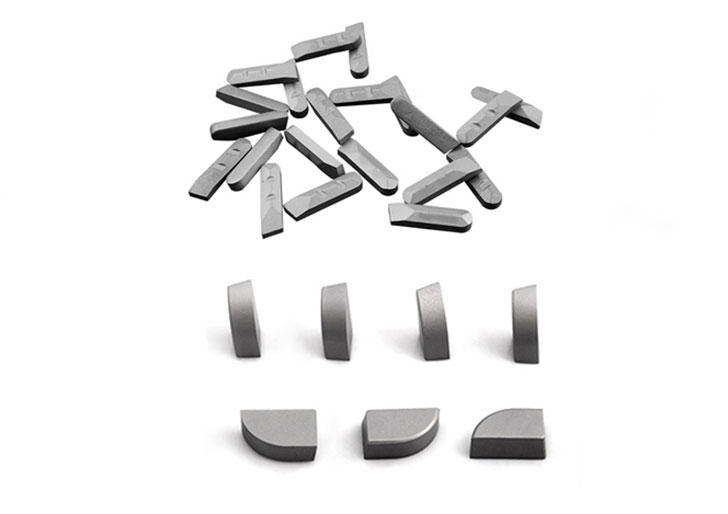
Different base materials have different purposes. The selection of the base material is based on wear resistance, hardness, microstructure, and mechanical properties. Here are some commonly used base materials:
- Nickel-based alloys;
- Copper-base alloys;
- Cobalt-based alloys;
- Manganese steels;
- High-speed steels;
- WC-Co cemented carbides;
- Iron chromium alloys.
How To Apply Hardfacing?
There are various methods to apply hardfacing, such as:
- Thermal Spraying;
- Plasma Transferred Arc Welding;
- Submerged Arc Welding;
- Flux Cored Arc Welding;
- Shielded Metal Arc Welding;
- Gas Metal Arc Welding;
- Gas Tungsten Arc Welding;
- Laser cladding;
- More.
Generally, hardfacing materials are applied onto the surface of wear parts by various welding techniques, thermal spraying, and spray-fuse.

